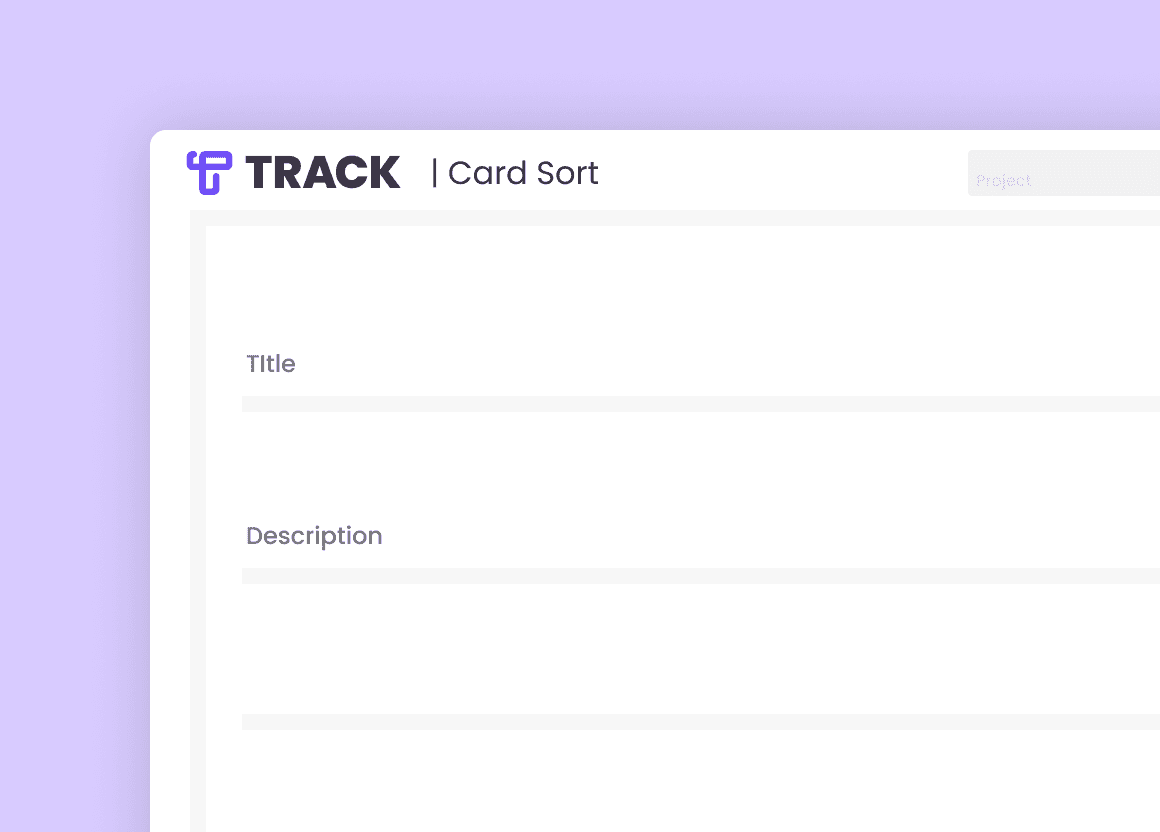


Card sorting is a technique that can help you to prioritize among different options, it can also be user to get insight in the priorities of other people.
During your innovation journey, there are many moments where coming up with multiple options is an excellent strategy to search for the best way forward. However, coming up with multiple options has a disadvantage: you’ll need to choose.
When there are a lot (>5-7) of competing concepts or ideas to choose from, the human brain has a hard time making that choice. This phenomenon, called Overchoice is a cognitive process in which people have a difficult time making a decision when faced with many options (Source: Wikipedia)
To make it easier to choose, sorting can help. This technique allows you to organize a cluster of unorganized items into an ordered list according to some criteria. For instance, you might order ideas based on their potential market size, or their perceived risk. The way it works is that you pick randomly any two ideas, and place the one that best corresponds to the criteria you chose to the top, and the other one on the bottom. Then, pick another idea, and see where it should go relative to the first two. Keep doing this until you have organised the entire collection of ideas.
TIP! Card sorting can work very well for 'non-analytical' orderings as well, such as questions around branding, or how much an idea excites a team member.
Card sorting can basically be seen as a one-dimensional version of the 2x2 matrix that is used in the Risk Reward matrix, SWOT analysis or the Uncertainty Matrix. One of the great things about Card Sorting is that you don’t have to stick to the same organizing principle all the time. You can get other people to give feedback on the ideas, by asking them to organize the cards in order of (their) preference. This will give you insight in your ideas and the person giving feedback at the same time!